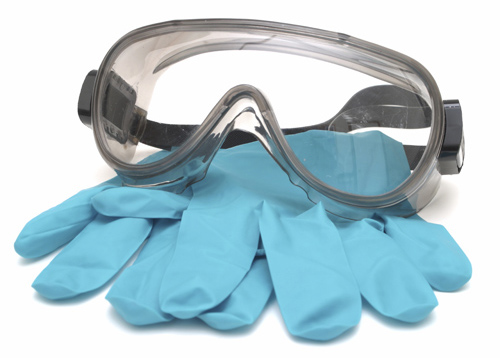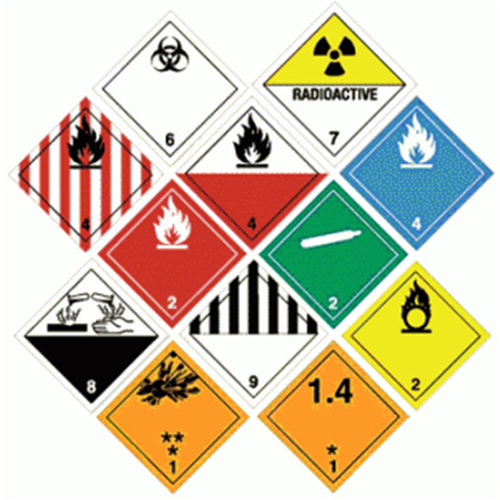For international shipments: Help Us Help You
So that we can properly and efficiently assist you, you will need:
Request a commercial invoice online to help your shipment pass through Customs and avoid import duties
A shipping document, such as a FedEx waybill, available from the RGN Receiving Department (room 1129A).
A suitable shipping container.
Saf-T-Pak sells many great examples
As long as a shipping container is in good condition, it can continue to be reused.
The correct safety marks for your container. We maintain a supply of the regularly used stickers.
Important considerations when shipping with dry ice
If you must send a frozen shipment using dry ice as a refrigerant, make sure you have both an insulated shipping container (comprised of a Styrofoam/polystyrene inner box and a rigid cardboard outer box), and of course, a suitable quantity of dry ice. We recommend 2.5 kg of dry ice per day for every day you expect it to be in transit. To avoid the likelihood of pressurized carbon dioxide rupturing your parcel, only tape the centre where the flaps meet on top of the box.
Shipping risks
Shipping companies like FedEx have mastered the logistics of getting parcels from one point to another, but things don’t always go as planned.
How will you react if you learn your parcel has gone missing en route? Will you be able to send another sample/specimen?
If you must send your parcel on dry ice, we strongly recommend that you only send it on a Monday or Tuesday. If you choose to send it later in the week and it ends up on a loading dock late Friday afternoon, there’s a good chance the dry ice will have completely evaporated before it reaches the intended recipient and your samples will have thawed.
You may require other documentation, like an import permit, for the receiving country. These often take several weeks to obtain, so contact us early in the process to discuss.
Recordkeeping
The TDG Regulations require copies of all paperwork to be held for a period of two years. Electronic copies are acceptable. Additional information concerning the Transportation of Dangerous Goods is available on the uOttawa Office of the Chief Risk Officer.


